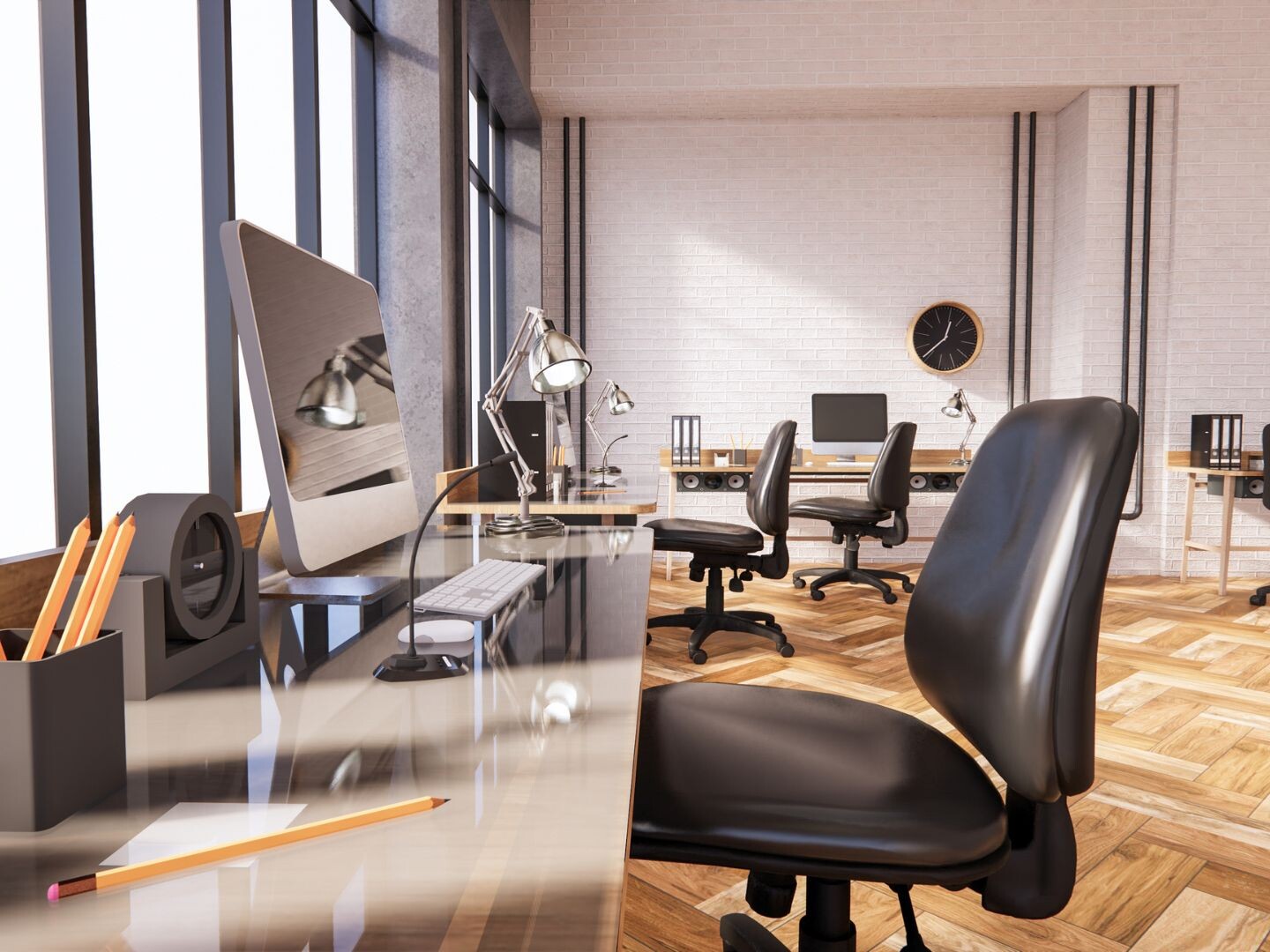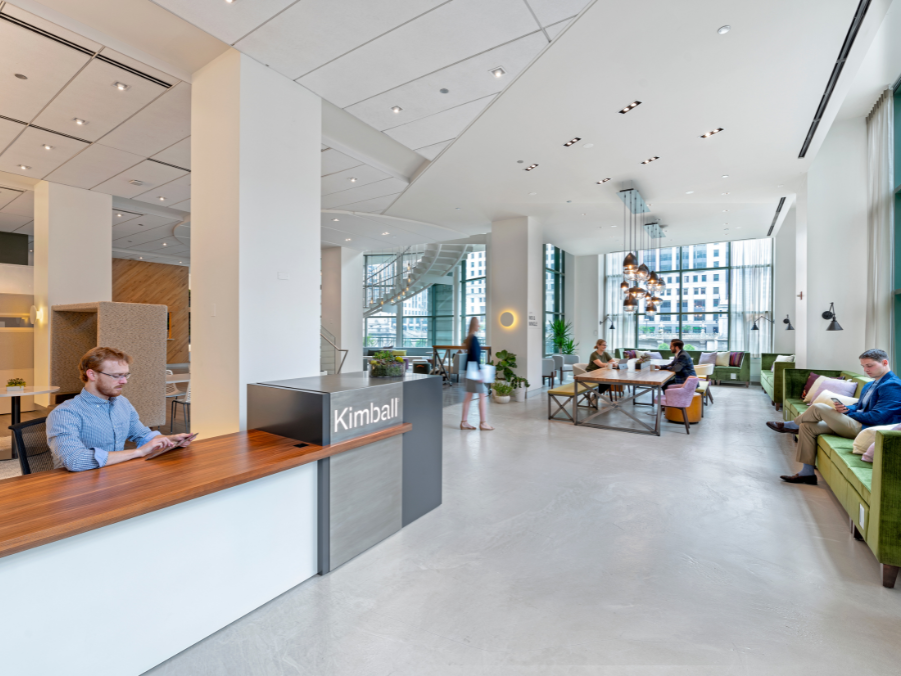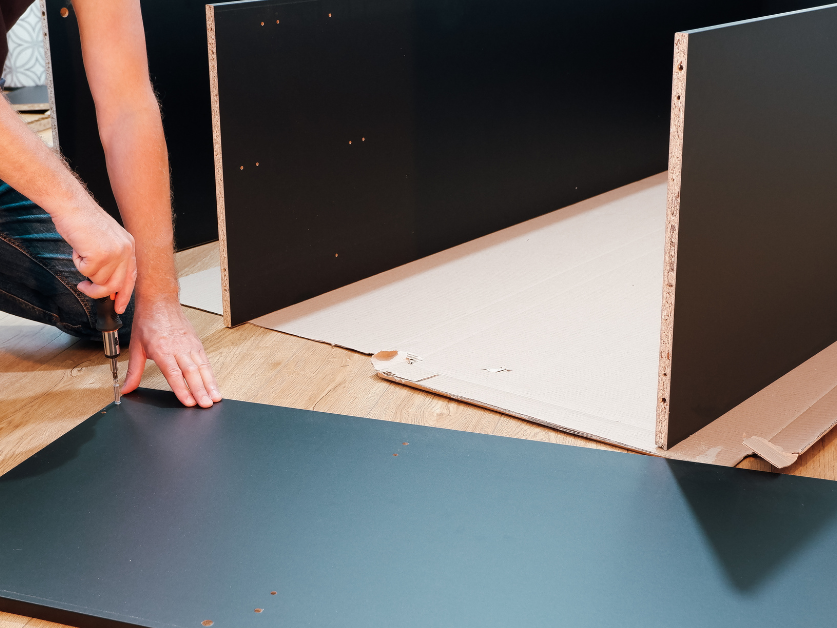It seems the reach of Artificial Intelligence (AI) extends to the most unexpected areas. Workplace environments and, in particular, office furniture solutions are one such area. AI in office furniture solutions is enhancing ergonomic design, optimizing space utilization, and personalizing user experiences. In this post, you’ll learn how AI is currently reshaping office furniture solutions, how to take advantage of it, and what future innovations might emerge that could further revolutionize this industry.
Current Contributions of AI in Workplace Furniture Solutions
AI in Ergonomic Optimization
When it comes to the use of AI in office furniture solutions, smart desks and chairs are one of the first elements to be modernized.
- Smart desks and chairs: AI-powered desks and chairs adjust automatically to meet the ergonomic needs of individual users. And their sensors detect the user’s posture, making adjustments to prevent strain and discomfort, enhancing productivity and reducing health risks.
- Our partner: OMSeating’s Truly by Style offers the ultimate customizable seating solutions. With multiple controls, including synchronized, multi-function, and self-weighing options, you can tailor your chair to your exact needs.
AI in Space Management and Efficiency
The use of AI in office furniture solutions doesn’t stop at furniture design. It also extends to how the furniture is distributed within any given space.
- Layout optimization: AI algorithms analyze space usage patterns to suggest optimal furniture arrangements that maximize space and promote a productive work environment.
- Automated adjustments: In response to room occupancy data, AI-driven systems can reconfigure spaces dynamically, accommodating different group sizes and meeting types with modular furniture setups.
AI in Personalization and User Experience
The usefulness of AI in office furniture solutions also includes its ability to customize spaces for workers’ optimal performance.
- Customized settings: Advanced systems learn from user preferences to auto-adjust desks, chairs, and even lighting, creating a personalized workspace that fosters comfort and efficiency.
- Feedback loops: By gathering user feedback through AI interfaces, furniture systems can continually adapt and improve. Based on user interactions and comfort levels, such feedback loops fine-tune settings over time, providing more comfort.
The Future of Furniture Solutions with AI
Integration with Broader Smart Office Ecosystems
- Connected environments: Future AI-driven furniture is likely to be part of integrated smart office systems. In such systems, every element of an office is interconnected and responsive to the presence and preferences of office workers. An example of that would be the dynamic regulation of air conditioning and lighting.
- Predictive adjustments: Utilizing analytics and machine learning, office furniture will not only respond to current user needs but also predict future requirements. For example, it will be able to adjust the environment preemptively for optimal worker performance.
Sustainability Initiatives
- Resource management: AI can help monitor and reduce the environmental impact of office spaces by optimizing energy use and suggesting sustainable practices.
- Material innovations: AI-driven research into new materials can lead to the development of more sustainable, durable, and lighter furniture. As a result, manufacturers will be able to reduce the carbon footprint associated with making office furnishings.
Enhanced Collaboration Tools
- Interactive surfaces: Future office tables might include AI-powered interactive surfaces. Such surfaces would allow the sharing of screens directly on the tabletop, seamlessly integrating digital and physical workspaces, promoting collaboration.
- Virtual meeting enhancements: Furniture integrated with AI could play a role in enhancing virtual presence in meetings, with built-in sensors and cameras improving the quality of video conferencing. Such integration would make remote participants feel as if they are present in the room.
Conclusion
The integration of AI into workplace furniture solutions is not just about convenience. It is also about creating environments that adapt to and anticipate the needs of users. As AI technology advances, the future of office furniture looks promising. Potential developments could redefine traditional concepts of workplace design. The next generation of office furniture will likely be smarter and more adaptive. It will also be more closely aligned with the goals of efficiency, comfort, and sustainability. These advancements will not only improve individual well-being and productivity but also foster a more engaging and harmonious office environment.
Environments Denver is poised to support you in navigating the evolving landscape of office furniture solutions. Ready to revolutionize your workplace? Contact us today to get started!









